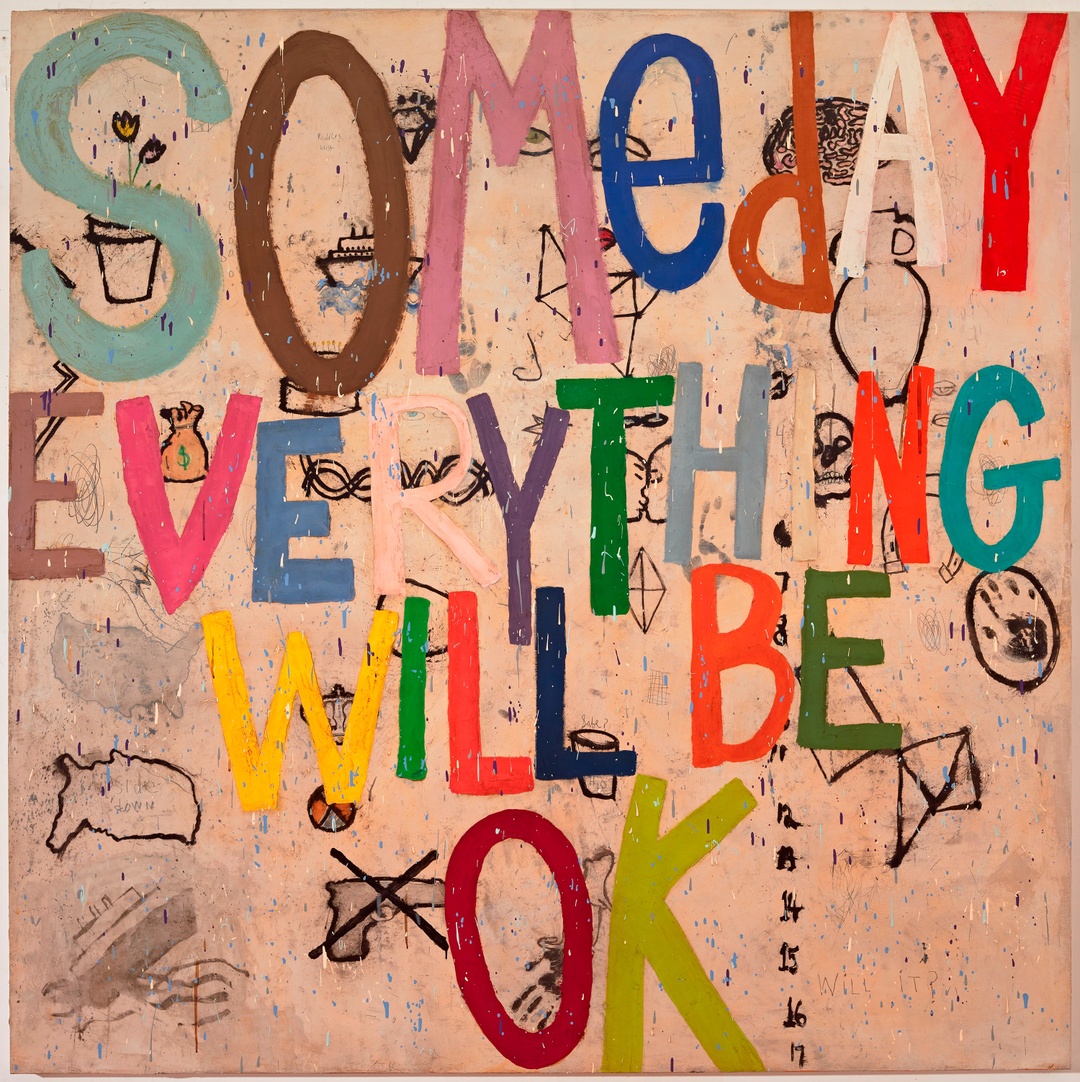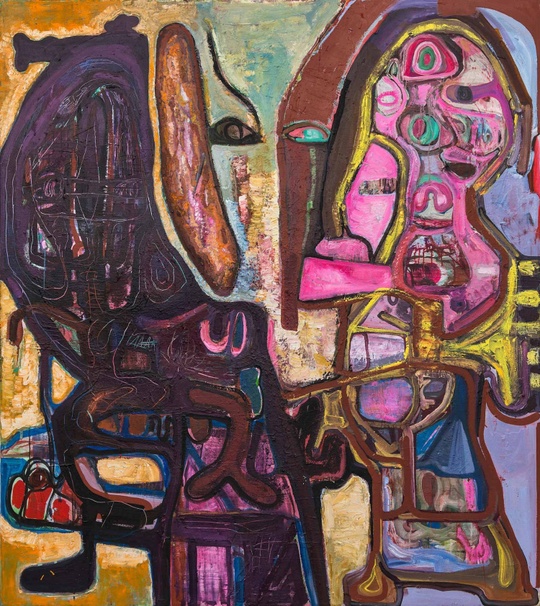As we continue to navigate the severely polarized nature of our country, the exhibition opens with three works that consider the possible outcomes of looking at our past, present, and future simultaneously. Leslie Wayne’s The Universe Is On the Inside inspires us to look within for potential answers and possible ways forward to a more just and holistic society. Carrie Mae Weems’ Constructing History: A Requiem to Mark the Moment demonstrates that current societal ills are the direct result of historical transgressions regarding race, class, and gender. Squeak Carnwath’s Will It asks, will we ever figure it all out?
Many Windows of Possibility then encourages us to rethink our present moment by unifying our views of history with our hopes for the future.
Can better understandings of contemporary American society emerge if we consider the present to be a direct result of our past?
This is the question that guides the work in this gallery. From Dread Scott’s Slave Rebellion Reenactment to Murray Zimiles’s Black Lives Matter, works included here consider the ways in which particular narratives of American history influence our current realities, societal structures, and cultural beliefs.
What is the human experience? How does our quest for purpose align with concepts of unity and national identity?
From portraiture to abstraction, the works in this gallery consider the ways in which the human experience is both fleeting and tangible. From Lorraine Shemesh’s Trellis to Sangram Majumdar’s Becoming, works included here present our various realities, cultural practices, and the ways in which our existence as human beings is ever-changing.
How have recent events like the Coronavirus pandemic, the murder of George Floyd, and the breach of Capital Hill on January 6th fractured our perception of all the things we thought we knew?
The artists in this gallery use abstraction, geometry, surrealism, and color to explore ideas of incongruence and perception. The flexibility of the work encourages a closer look at our reality, suggesting that what we think we see is not what’s always there.
Can we truly exist in unity with the Earth? Can unifying ourselves with nature be a pathway to collective healing and social justice?
Artists in this gallery consider what society would look like if we placed ourselves in solidarity with our natural environments. As we face the current manifestations of climate change, these artists ask us to remember the innate beauty of our natural landscape. They also encourage us to consider if pathways to national unity can be forged through deeper understandings of pollution and its effects?





























































































































































